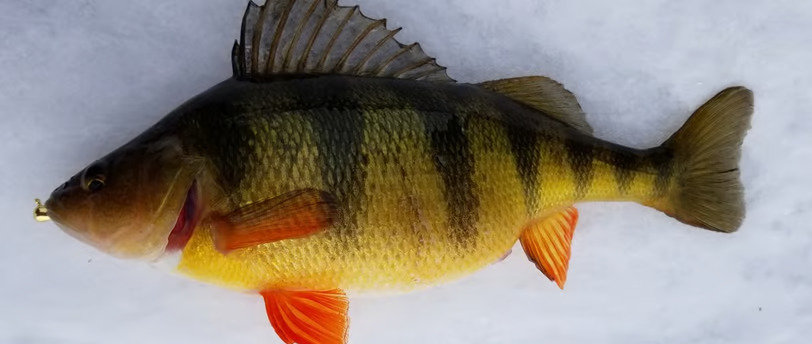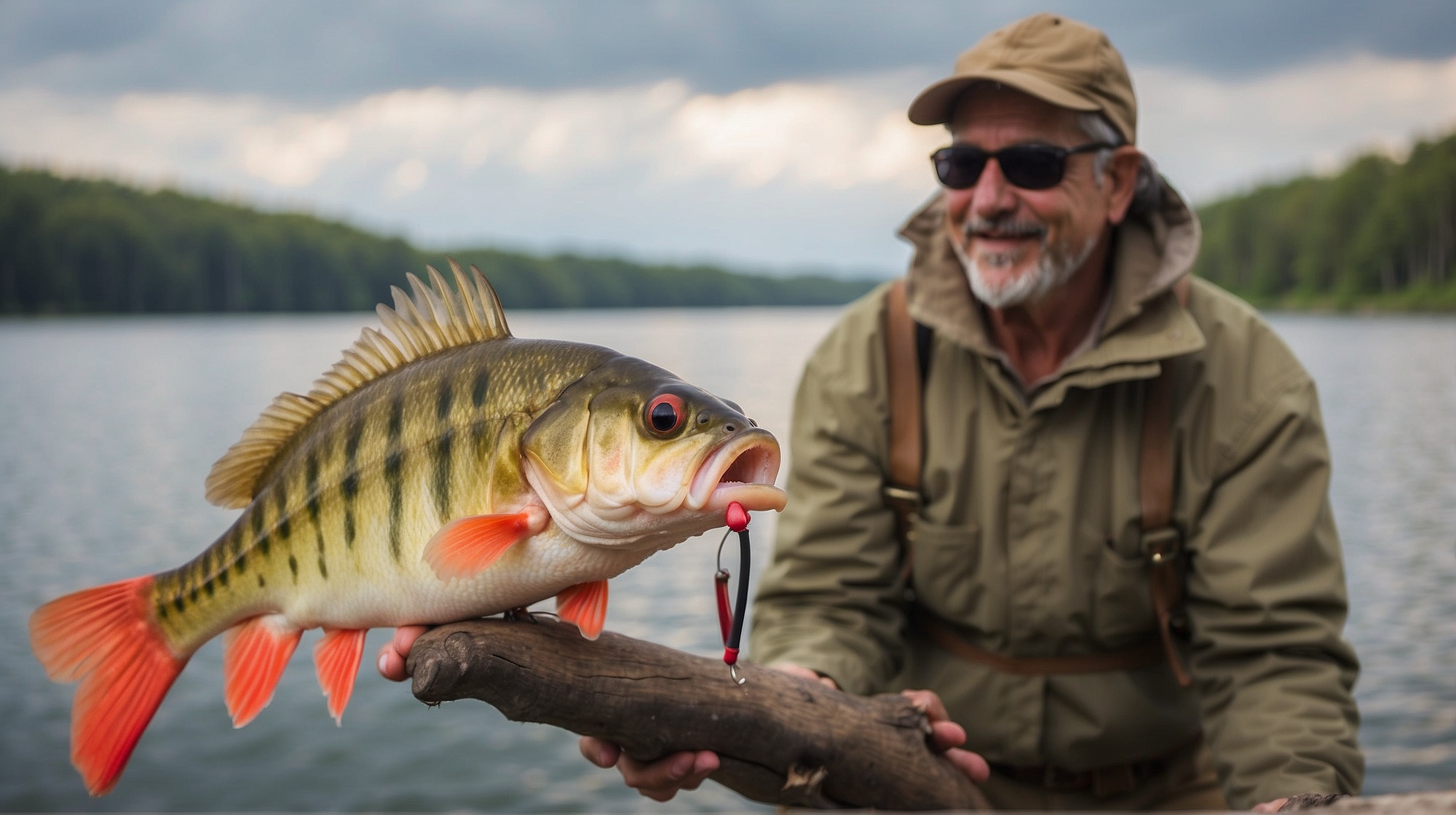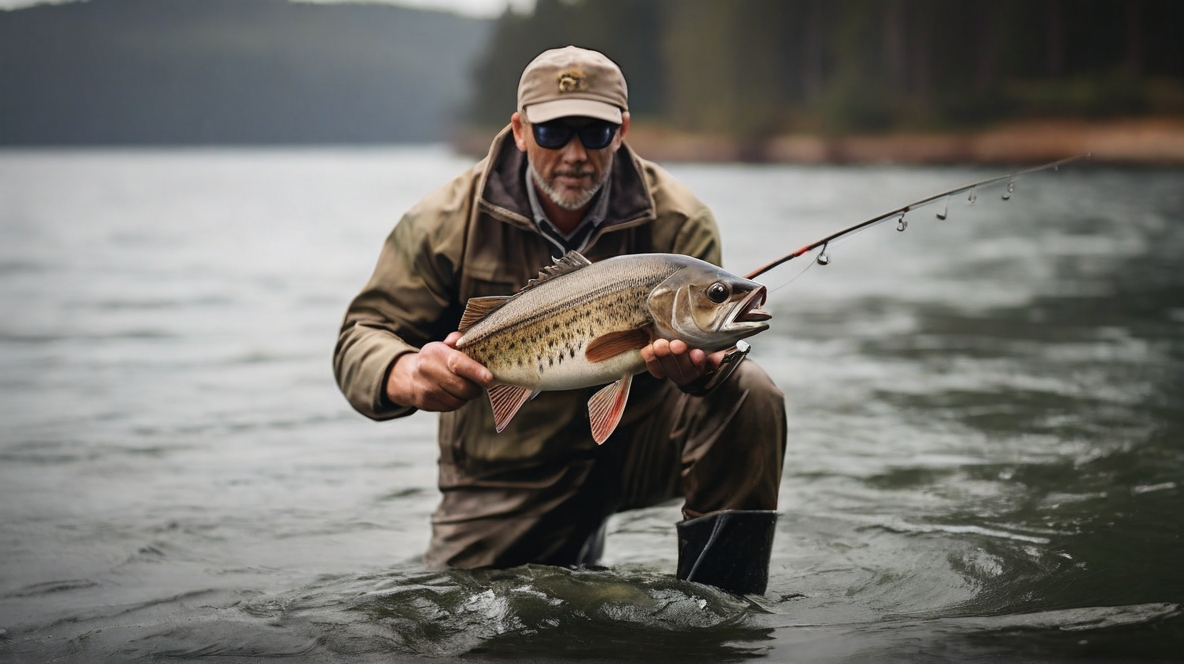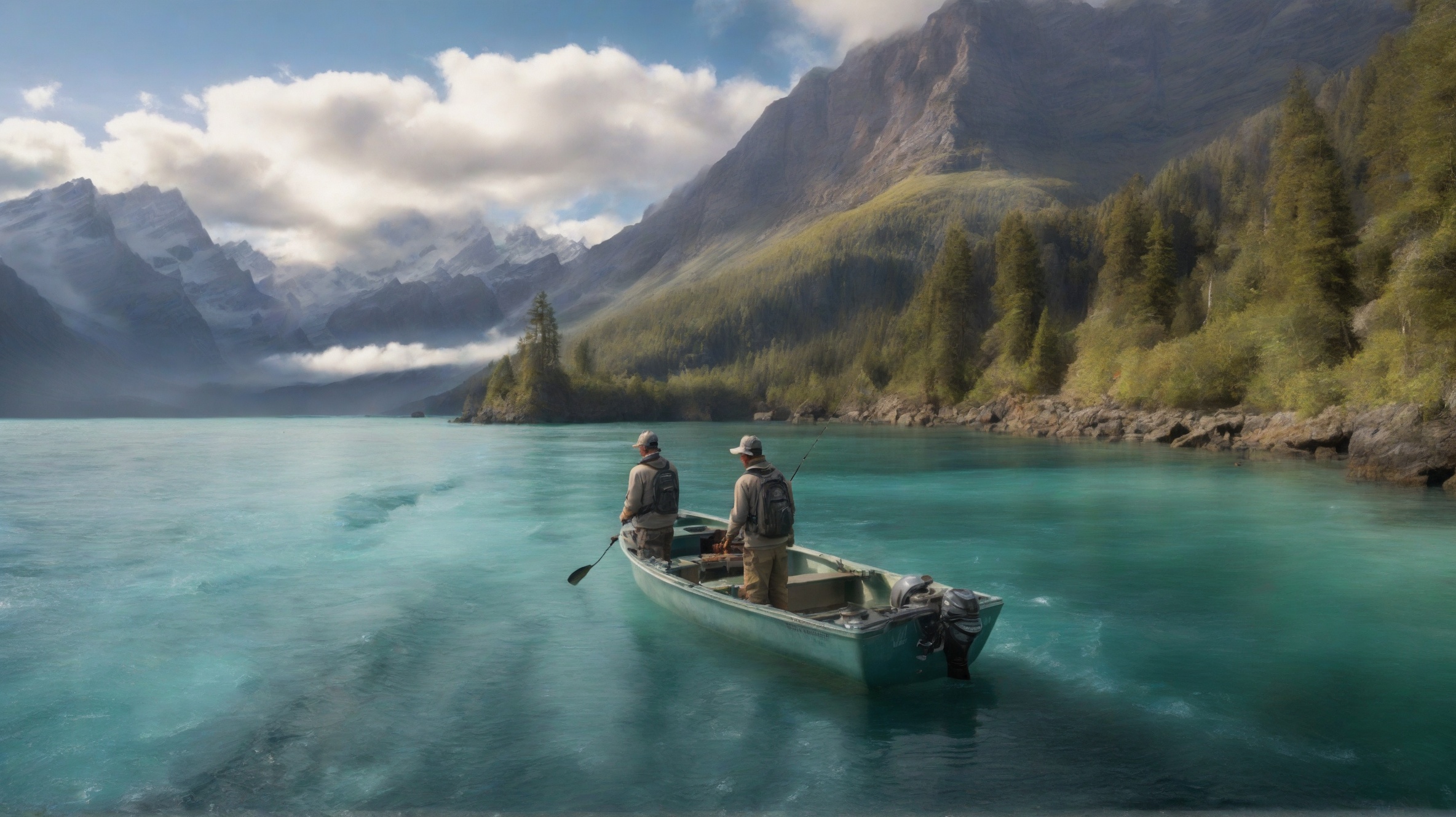Embarking on a journey into the world of perch fishing is a thrilling experience for anglers seeking both the serenity of nature and the excitement of a challenging catch. In this extensive guide, we’ll explore the intricacies of perch fishing, uncovering the nuances of their behavior, preferred habitats, and, most importantly, the art of selecting the best baits and employing effective fishing techniques. By the end of this comprehensive exploration, you’ll be equipped with the knowledge and skills to elevate your perch fishing game to new heights.
Before delving into specific techniques, it’s crucial to understand the behavior of perch. Perch are opportunistic feeders that tend to stay close to underwater structures such as rocks, submerged trees, and weed beds. They are known for their schooling behavior, so once you locate one, there’s a good chance you’ll find more nearby. Additionally, perch are more active during certain times of the day, with dawn and dusk being prime periods for successful fishing.

Understanding the Fish
The perch, a captivating freshwater species with its striking markings and spirited nature, holds a special place in the hearts of anglers worldwide. Typically found in clear and vegetated waters, perch are known for their predatory instincts and can offer a rewarding challenge for those who seek to catch them. To maximize your success on the water, it’s crucial to delve into the specifics of perch behavior, their favored habitats, and the factors that influence their feeding patterns.
Best Baits for Perch
- Live Bait: Perch have a penchant for live bait, making options like minnows, worms, and small crayfish highly effective. Rig these baits by hooking them through the lips or behind the dorsal fin to provide a natural and enticing presentation that appeals to the predatory instincts of perch.
- Artificial Lures: Employing artificial lures such as small jigs, spinners, and crankbaits is a proven strategy for triggering aggressive strikes from perch. Opt for bright colors and lifelike patterns to attract their attention and mimic the movements of prey fish.
- Soft Plastics: Soft plastic lures like grubs and worms come into play when perch become finicky. Experiment with a variety of colors and sizes to discover the preferences of perch in your chosen fishing area.
- Cut Bait: For targeting larger perch, consider using cut bait, which can include small pieces of fish or even perch entrails. This approach can be particularly effective when you’re aiming for the bigger specimens.
Fishing Techniques for Perch
- Drift Fishing: Drift fishing involves allowing your bait to move naturally with the current. By using a slip bobber to control the depth, you can cover a larger area, increasing your chances of locating schools of perch. This technique is particularly effective in open waters.
- Vertical Jigging: Master the art of vertical jigging by dropping your bait directly beneath the boat and jigging it up and down. This technique is especially useful in deeper waters or when perch are positioned near structures like submerged rocks or vegetation.
- Ice Fishing: During the winter months, ice fishing becomes a popular method for targeting perch. Utilize small jigs or live bait, drilling holes in the ice to access these cold-water predators. Patience and a well-insulated setup are key to success in icy conditions.
- Shore Fishing: Fishing from the shore demands a blend of stealth and finesse. Cast your bait strategically near structures like submerged rocks, fallen trees, or vegetation where perch are likely to seek shelter. Adjust your techniques based on the specific features of the shoreline and the behavior of perch in that environment.
- Drop-Shot: Drop-shotting is a finesse technique that works well for perch in various environments. Tie a drop-shot rig with a small hook and bait or soft plastic, and cast it near structures where perch are likely to hide. The subtle movements of the bait can entice even cautious perch to strike.
- Spinner Fishing: Spinners are excellent lures for covering a lot of water quickly and attracting perch from a distance. Choose small spinnerbaits in vibrant colors to mimic prey fish. Retrieve the spinner at a steady pace, and be prepared for aggressive strikes from hungry perch.
Best Locations for Perch Fishing
Understanding where to find perch is essential for a successful fishing outing. Look for structures like rocks, fallen trees, docks, and weed beds in both shallow and deeper waters. During different seasons, perch may move to specific areas, so adapt your approach accordingly. In winter, they often congregate in deeper water, while in spring and fall, they may move to shallower areas for feeding.
In conclusion, mastering the art of perch fishing is a deeply rewarding journey that combines knowledge, skill, and a touch of patience. By comprehending the intricacies of perch behavior, their preferred habitats, and selecting the optimal baits for different scenarios, you lay the foundation for a successful angling experience. Furthermore, by mastering various fishing techniques tailored to the conditions you encounter—whether drifting on open waters, vertically jigging in deeper areas, ice fishing in the winter, or fishing from the shore—you expand your repertoire as an angler. So, gear up, venture to your favorite fishing spot, and relish the thrill of perch fishing. Happy angling!









